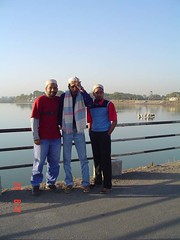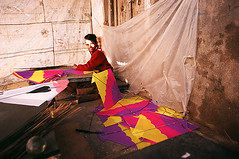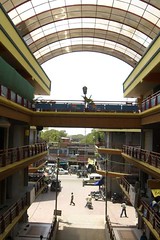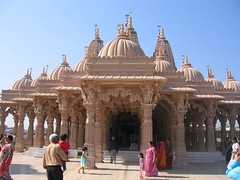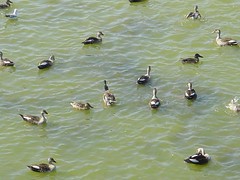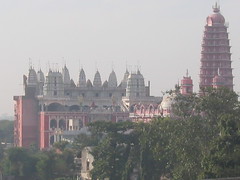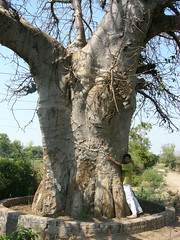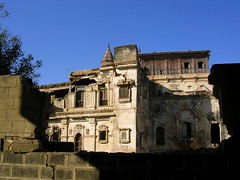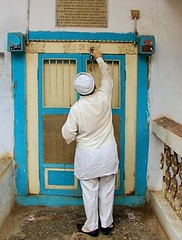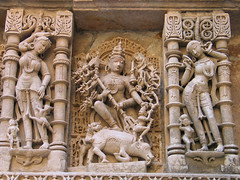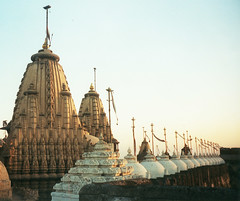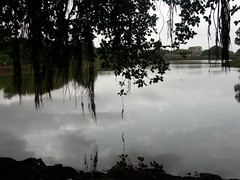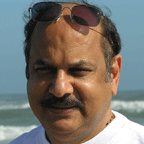Ahmedabad, Gujarat

There are more than 3,000 pictures of Ahmedabad on Flickr. This is the closest one that can represent this important city of 5.2 million people. Gujarati food is one of the best vegetarian foods that India offers. It is not easy to find food like this in the entire United States.
Located on the banks of Sabarmati River, Ahmedabad was the capital of Gujarat from 1960 to 1970, till it was moved to Gandhinagar. It is the largest city in Gujarat and the seventh largest city in India.
